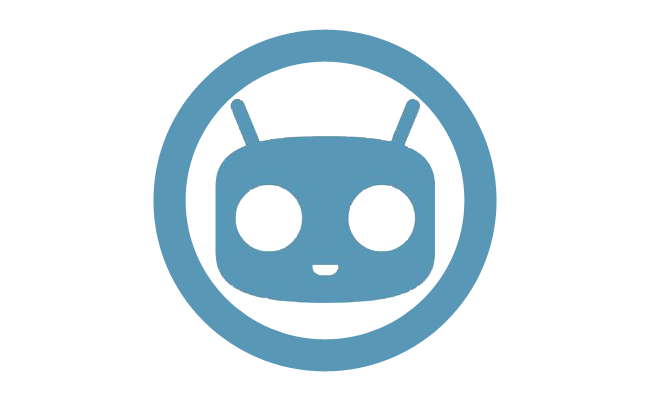OnePlus Interview: What Comes After One?
Software For The OnePlus One
TH: Another interesting feature of the OnePlus One was using CyanogenMod for the operating system. Why did you choose to partner with another company for the OS rather than just doing your own skin like most other OEMs, and what led you to CyanogenMod?
CP: A lot of companies—when they start a mobile phone company—will start by making their own OEM skin or own ROM. They might spend eight months or a year on this and then start developing the hardware. Then one-and-a-half or two years later, they release the first phone. We thought about this, and we thought, ‘Why did people do this?’ Back in the day when we were still on Gingerbread or on Donut, it made sense, because the Android experience wasn’t that polished and OEMs needed to polish up the experience for the end consumer. Nowadays, since KitKat, Android is already pretty mature and a lot more users actually prefer stock Android to something more customized. So we thought, ‘What are we good at?’ Well, our experience is all in hardware, so let’s just make really good hardware first. And because the differentiation between OEM ROMs and stock Android is slowly disappearing anyway, why not do something very close to stock? Instead of waiting an extra year to release a phone, let’s release a phone in six months instead while working with the best people in the industry who can do this. At that time, Cyanogen had just formed a company. We were friends, so we said, ‘Hey, let’s try this out. You’re a new company. We’re a new company. Let’s just try this and see what happens.’ And so we started working together. We actually had a lot of feedback on the software, and they had feedback on the hardware, so it’s kind of a co-developed product. Looking back, it was a pretty good idea to work with Cyanogen, because I think a lot of our success comes from the fact that we actually worked with them. They already had this pretty good product, and they had this core community of users who really trusted them as a new brand. It really meant a lot to us—this trust.
TH: Are you planning to upgrade the One to Lollipop?
CP: We’re actually still working with CM on the Lollipop build. There are three stages of QC for software for us: one is Cyanogen’s own QC, one is our own QC, and then we have to pass the Google tests. It’s in this process now, and it can take some time, especially if one of these finds a bug or a problem.
TH: So you don’t have a hard release date yet?
CP: It’s really hard to commit to release dates within software. I think Steve [Kondik, Cyanogen Inc. CTO] has commented on Google+ saying it’s going to be released in early February, but I’m not sure when it’s going to be exactly.
Get Tom's Hardware's best news and in-depth reviews, straight to your inbox.
Current page: Software For The OnePlus One
Prev Page Marketing The OnePlus One Next Page Looking Beyond The OnePlus One-
realjjj For the second phone how they should let the community decide based on price and specs. So you list major parts and a close enough price (including the margins) for everything and everybody can choose while factoring in the total. They might end up with 720p and 6GB of RAM but at he very least it will help them understand what users value and quantify that value.For battery size and scree they could also include device thickness.Reply
Just letting users suggest specs without them understanding the cost for each is pointless, doesn't really help the users or OnePlus.
Or you know, they could just take a Sharp Crystal X, reduce the chin by 40% add a bit of their own design style and be done with it since nobody else is doing it. -
whiteodian I bought my wife a OnePlus so she could jump ship from her overpriced carrier and she loves. She came from an iPhone 4S. The size is a bit unwieldy. I think my Nexus 4 is perfect, but maybe 5" would work. Hopefully the Two will have 2 sizes :D I'd also love an FM radio, but it is doubtful. I know, I know, it is 2015 and I want an FM radio in my phone. I have to carry around a separate device to listen to my favorite show when I walk the dog. Go OnePlus... errr TwoPlus!Reply -
army_ant7 After reading this interview, I can say that...I like this guy...with what he portrayed:Reply
transparency (acknowledging/sharing plans, fears, problems, and mistakes),
insight (being very explanatory and seeming well-learned e.g. doing his research and just plain smart/clever),
and others.
Though after reading the TH review of this phone and seeing that it's less than perfect especially in some departments, reading this interview raises my opinion of and buying interest in it.
Good job to both him (Carl Pei) and the interviewer (Matt Humrick)! -
Techy Nicky Looking forward to seeing how this phone performs as compared to the other popular smart phones on the marketReply
